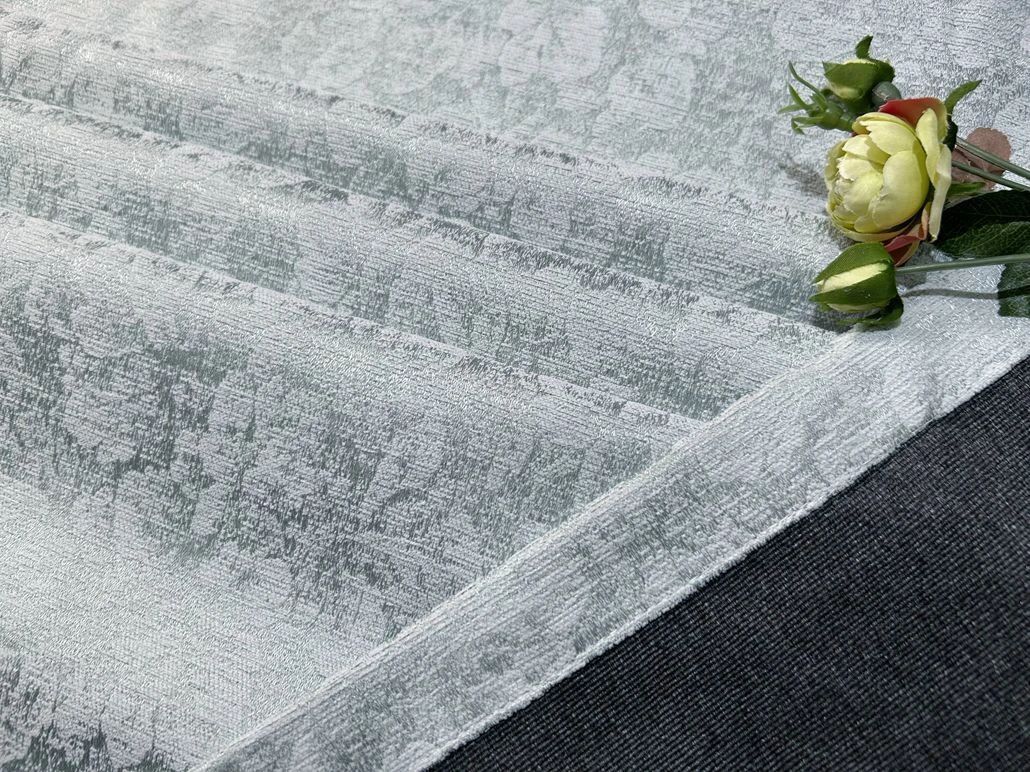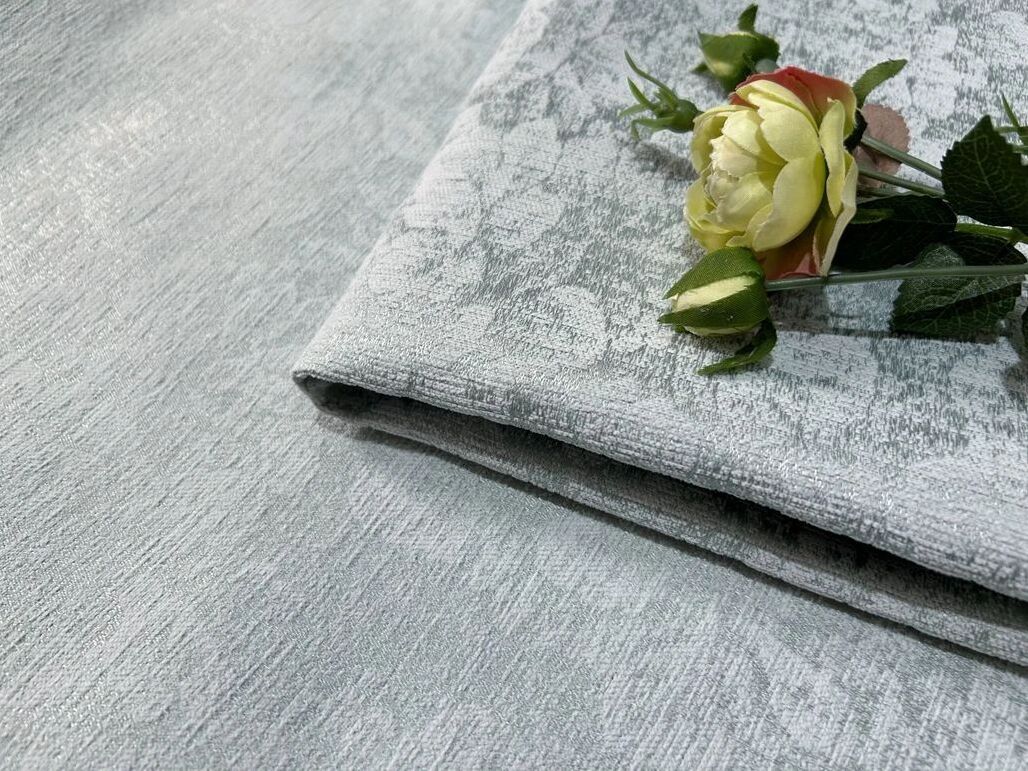Is polyester or microfiber curtains better?
|
Feature |
Polyester |
Microfiber |
|
Durability |
Fade-resistant, sturdy |
Softer, prone to pilling |
|
Heat Control |
Good insulation |
Less effective |
|
Cost |
Budget-friendly |
Slightly pricier |
|
Verdict: Polyester wins for thermal efficiency and longevity. |
|
|
What is the best material for curtains in hot weather?
Linen: Breathable, wicks moisture.
Cotton-Sheer Blends: Allow airflow while diffusing light.
Solar-Reflective Polyester: Blocks UV rays without trapping heat.
Pro Tip: Look for Foulola’s Cooling Tech line with heat-deflecting coatings.
What kind of curtains keep a room cool?
White/light-colored curtains: Reflect sunlight.
Thermal-lined curtains: Block heat transfer.
Moisture-wicking fabrics: Bamboo or linen blends.
Bonus: Install double rods to layer sheers with blackout panels.
What is the warmest curtain lining?
Felt or Flannel Linings: Trap heat effectively.
Thermal Insulated Liners: Aluminum-coated layers reflect indoor warmth.
Velvet Interliners: Add density and insulation.
What color curtains block the most heat?
White/Off-White: Reflects 75%+ of solar radiation.
Metallic Silver/Gray: Tech-enhanced coatings for maximum reflection.
Dark Colors: Absorb heat but work best with thermal liners.
How to balance style and thermal efficiency?
Layered Solutions: Sheer linen + thermal blackout drapes.
Patterned Thermals: Choose jacquard or embroidered thermal curtains.
Smart Fabrics: Motorized curtains with climate-responsive liners.
Key Take aways
Seasonal Swaps: Rotate lightweight linens for summer and thermal velvets for winter.
Tech Upgrade: Invest in smart liners for automated temperature control.
Color Science: Light hues for heat reflection, dark tones + liners for insulation.





